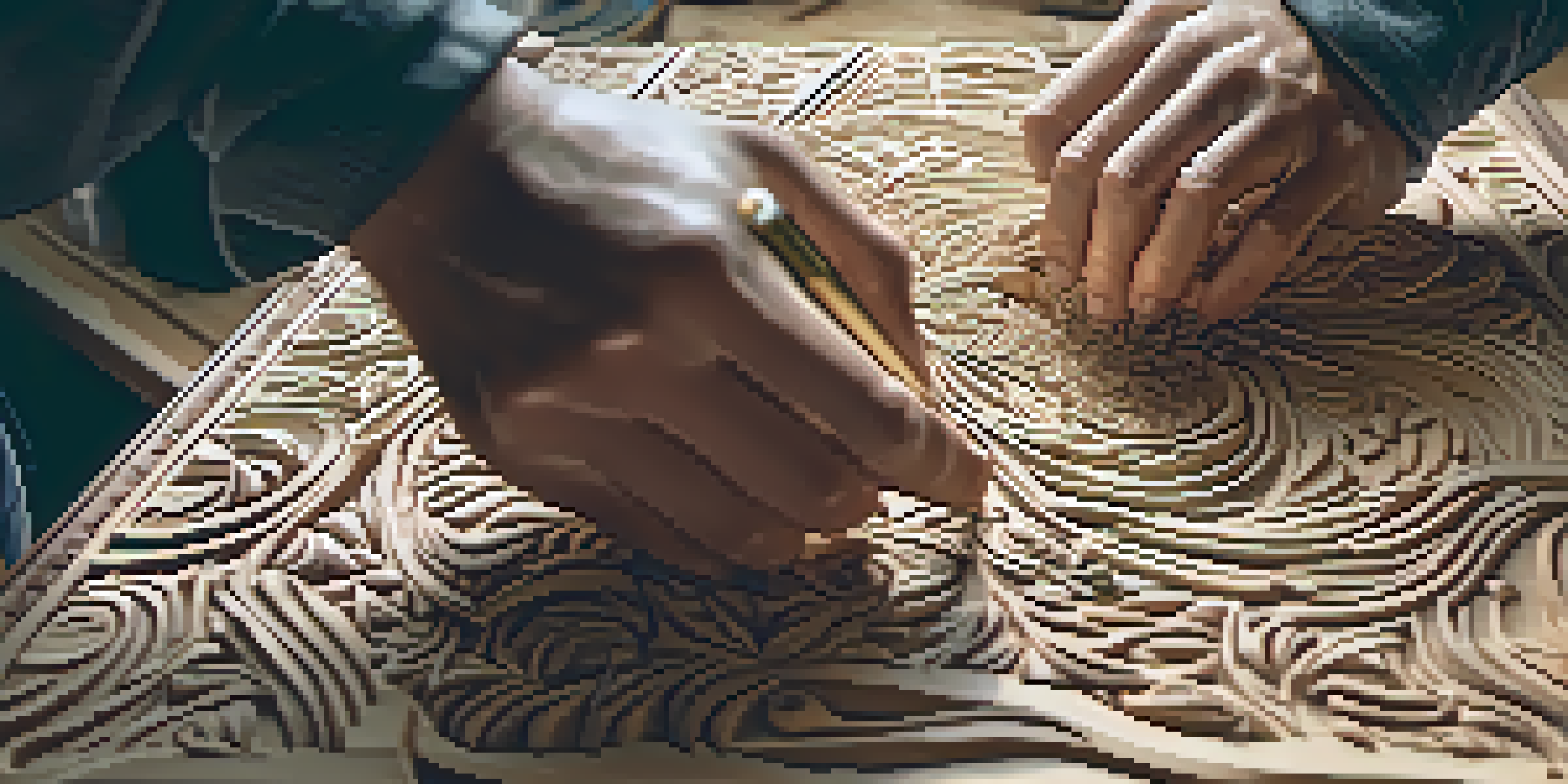Incorporating 3D Printing in Digital Carving Practices

Understanding Digital Carving and Its Significance
Digital carving is a modern technique that utilizes computer software to design intricate patterns and shapes, often for artistic or functional purposes. This process allows artists and designers to create detailed works with precision and efficiency, making it a popular choice in various industries, from sculpture to product design. The significance of digital carving lies in its ability to blend traditional craftsmanship with cutting-edge technology, providing endless creative possibilities.
The Role of 3D Printing in Artistic Expression
3D printing has revolutionized the way artists approach their work by enabling them to bring digital designs to life quickly and accurately. This technology allows for the creation of complex shapes that would be difficult or impossible to achieve through traditional methods. For artists, 3D printing not only enhances their creative expression but also offers a new medium through which they can explore forms, materials, and textures.
Digital Carving Merges Art and Tech
Digital carving combines traditional craftsmanship with modern technology, enabling intricate designs and creative possibilities.
Integrating 3D Printing with Digital Carving Techniques
The integration of 3D printing into digital carving practices opens up a world of innovation, where artists can prototype their designs before finalizing them. This approach allows for iterative experimentation, where creators can make adjustments and improvements based on the physical model. Additionally, the combination of both techniques can lead to unique artistic outcomes, blending the tactile nature of carving with the precision of 3D printing.
Tools and Technologies for Effective Integration
To successfully incorporate 3D printing in digital carving, artists need access to the right tools and technologies. Software programs such as Rhino or Fusion 360 can facilitate the design process, while printers like the Ultimaker or Prusa provide the means to realize those designs in three dimensions. Understanding how to use these tools together is crucial for achieving a seamless workflow that enhances creativity.
3D Printing Enhances Artistic Creation
3D printing allows artists to transform digital designs into tangible pieces quickly, expanding their creative expression.
Benefits of Combining 3D Printing with Digital Carving
Combining 3D printing with digital carving offers numerous benefits, including increased efficiency and reduced material waste. Artists can print support structures that assist in the carving process, which can later be removed or incorporated into the final piece. Moreover, this combination allows for the use of diverse materials, expanding the possibilities for textures and finishes in the artwork.
Challenges and Considerations in Integration
Despite the advantages, integrating 3D printing with digital carving does come with its challenges. Artists must navigate issues such as the compatibility of materials, the intricacies of design software, and the limitations of their 3D printers. Additionally, there may be a learning curve associated with mastering both techniques, which can be daunting for those new to either field.
Innovation Through Integration
The combination of 3D printing and digital carving encourages iterative experimentation and unique artistic outcomes.
Case Studies: Successful Integrations in Art
Examining successful case studies can provide valuable insights into how artists are effectively integrating 3D printing with digital carving. For instance, artists like Kacey Wong have created stunning sculptures that combine both techniques to produce intricate designs that captivate audiences. These examples highlight the potential for innovation and creativity when artists embrace new technologies in their practice.
The Future of Digital Carving with 3D Printing
Looking ahead, the future of digital carving and 3D printing is filled with potential as technology continues to advance. Developments in materials science, such as bio-based plastics or advanced composites, will open up even more possibilities for artists. As these two fields evolve together, we can expect to see exciting new forms of artistic expression that challenge our understanding of art and craftsmanship.